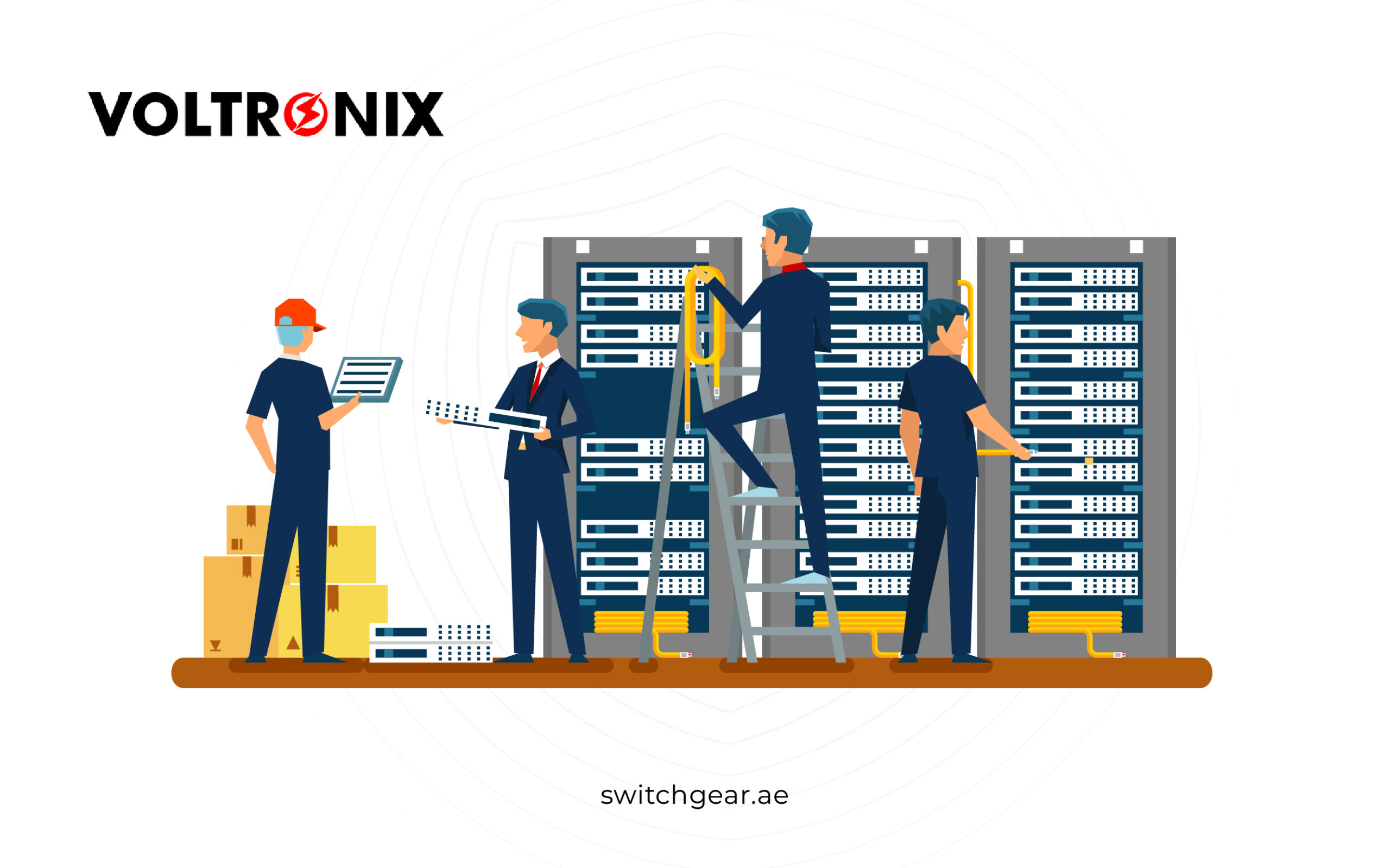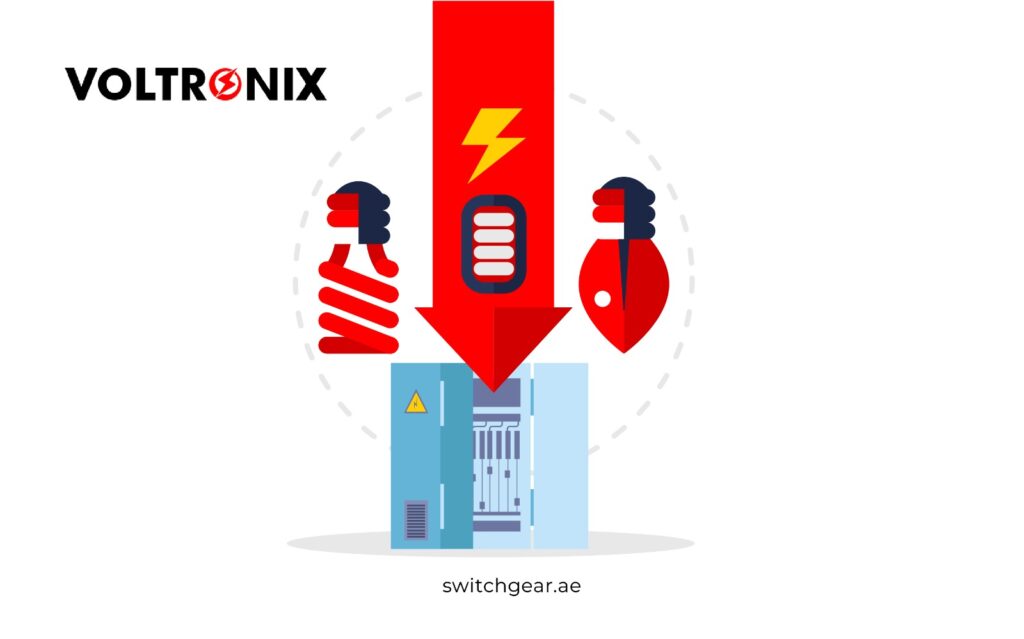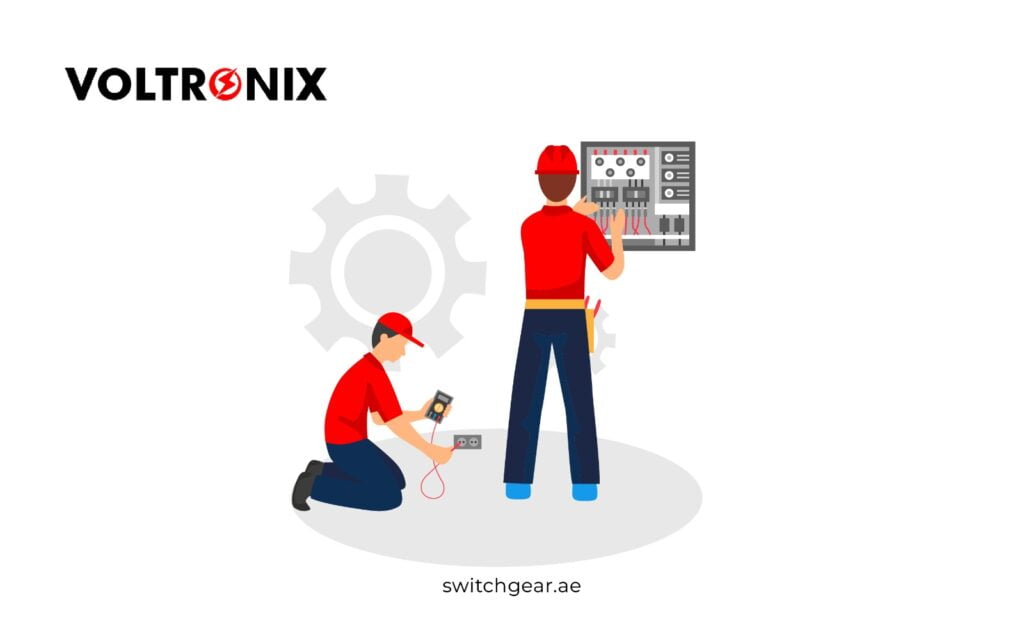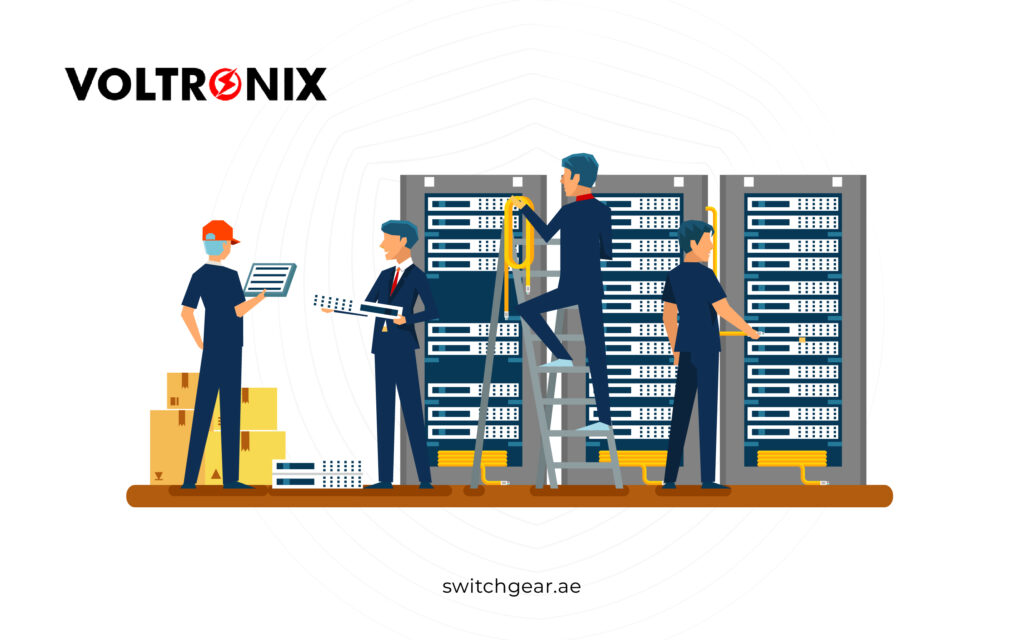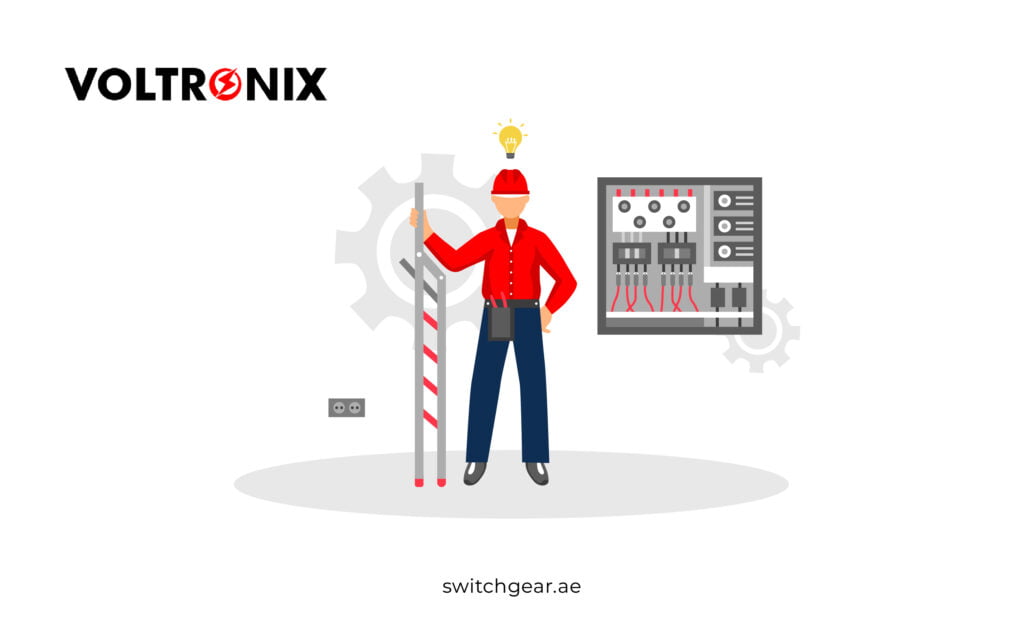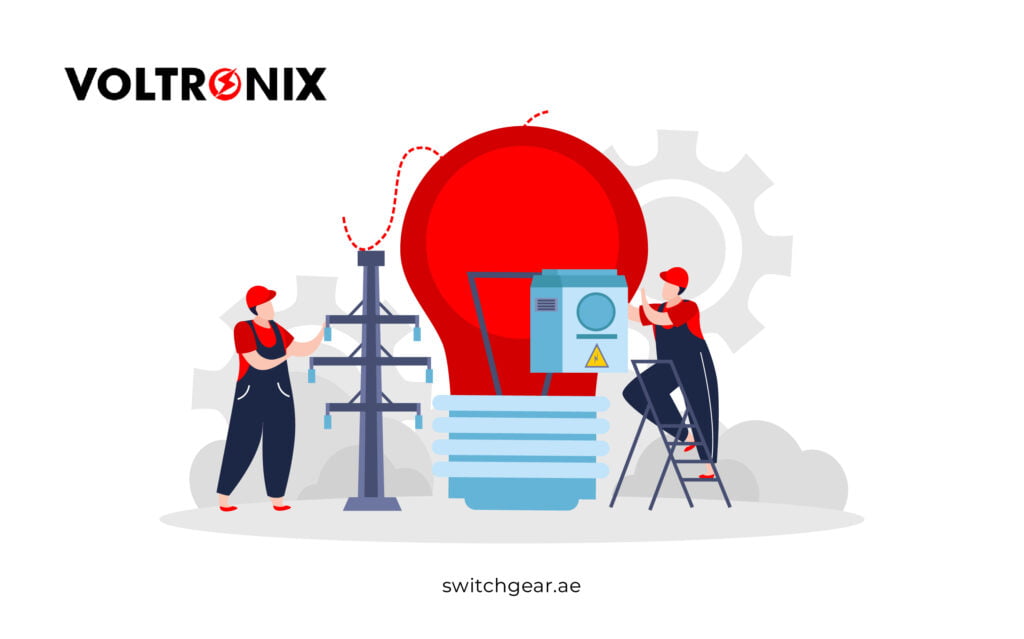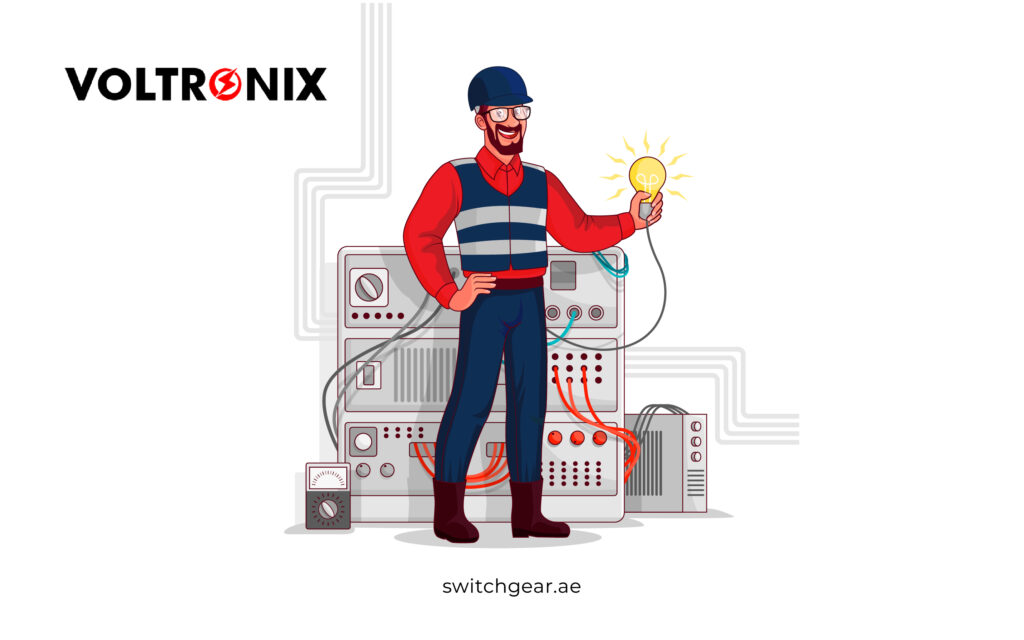In the modern world, electricity is a vital component of our daily lives, powering homes, businesses, and industries. The infrastructure that manages the distribution and control of electrical power, known as switchgear, plays a crucial role in ensuring the safety and efficiency of these systems. For switchgear contractors, understanding and implementing proper electrical safety protocols is not just a regulatory requirement but a critical responsibility to protect lives and property. In this blog, we will delve into essential guidelines for switchgear contractors, emphasizing the importance of safety, best practices, and the latest industry standards.
The Importance of Electrical Safety in Switchgear Operations
Electrical safety is paramount in any electrical installation, but it becomes even more critical in switchgear systems due to the high voltages and currents involved. Switchgear companies and professionals must prioritize safety to prevent electrical hazards, which can include electrical shock, arc flash, and fire. Proper safety measures not only protect workers but also ensure the longevity and reliability of the electrical infrastructure.
Key Safety Guidelines for Switchgear Contractors
- Training and Certification
- One of the foundational elements of electrical safety is ensuring that all personnel are adequately trained and certified. Switchgear contractors must be knowledgeable about the latest electrical codes, standards, and safety procedures. Continuous education is essential as technology and safety standards evolve. Proper training helps in understanding the complexities of switchgear solutions, including the safe installation, operation, and maintenance of these systems.
- Personal Protective Equipment
- The use of appropriate Personal Protective Equipment is non-negotiable in switchgear operations. PPE includes insulated gloves, face shields, flame-resistant clothing, and safety boots. These protective gear are crucial in safeguarding workers from electrical hazards, especially during maintenance or troubleshooting of live equipment. Switchgear companies should enforce strict PPE usage policies and ensure that all equipment meets the relevant safety standards.
- Risk Assessment and Planning
- Before commencing any work on switchgear systems, a thorough risk assessment should be conducted. This involves identifying potential hazards, assessing the level of risk, and implementing control measures to mitigate those risks. Planning is crucial, especially in environments with complex switchgear solutions. Contractors should develop detailed work plans that outline the sequence of operations, safety measures, and emergency procedures.
- Regular Maintenance and Inspection
- Regular maintenance and inspection of switchgear systems are crucial for identifying and addressing potential safety issues before they escalate. Switchgear companies should establish a comprehensive maintenance schedule that includes visual inspections, testing, and servicing of components. Maintenance activities should be documented meticulously, and any issues identified should be rectified promptly.
The Role of Technology and Innovation in Electrical Safety
Advancements in technology have significantly enhanced electrical safety in switchgear operations. Modern switchgear solutions are equipped with advanced protection features, such as arc flash detection and mitigation systems, which help in minimizing the impact of electrical faults. Digital monitoring and diagnostic tools enable real-time tracking of system performance, allowing for proactive maintenance and timely intervention.
Switchgear companies are also increasingly incorporating smart technologies and automation into their systems. These innovations can enhance safety by providing better control and monitoring capabilities, reducing the need for manual intervention in hazardous environments. As technology continues to evolve, it is crucial for switchgear contractors to stay updated with the latest developments and integrate these advancements into their safety practices.
Conclusion
Electrical safety is a shared responsibility that requires the commitment of all stakeholders involved in switchgear operations. Switchgear contractors play a pivotal role in ensuring the safety and reliability of electrical systems by implementing best practices, using advanced technologies, and adhering to industry standards. By prioritizing safety, switchgear companies can protect their workforce, reduce the risk of accidents, and deliver high-quality solutions to their clients.
In an industry where the stakes are high, there is no room for complacency. Continuous learning, vigilance, and adherence to safety protocols are essential for creating a safe working environment and delivering reliable switchgear solutions. Let us all commit to making electrical safety our top priority and work together to build a safer and more efficient future.

